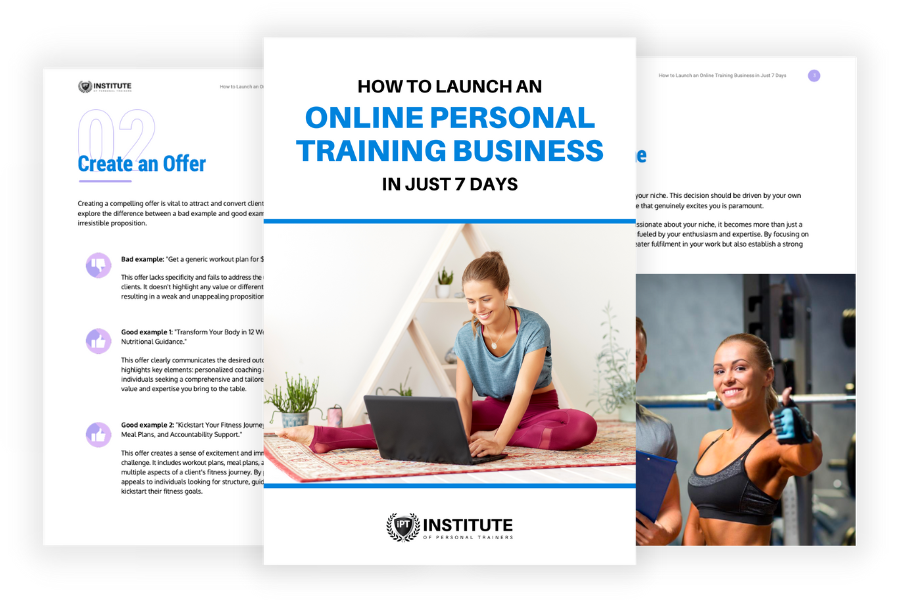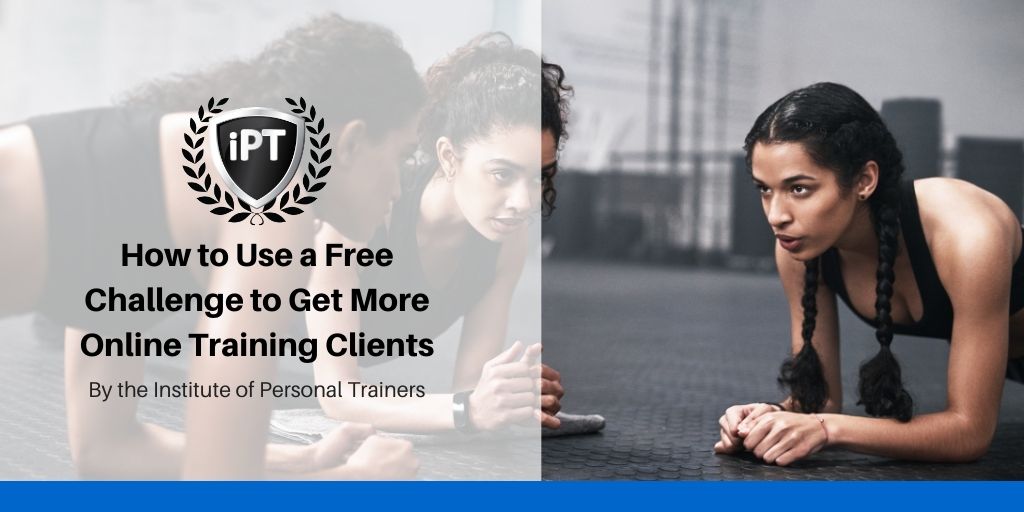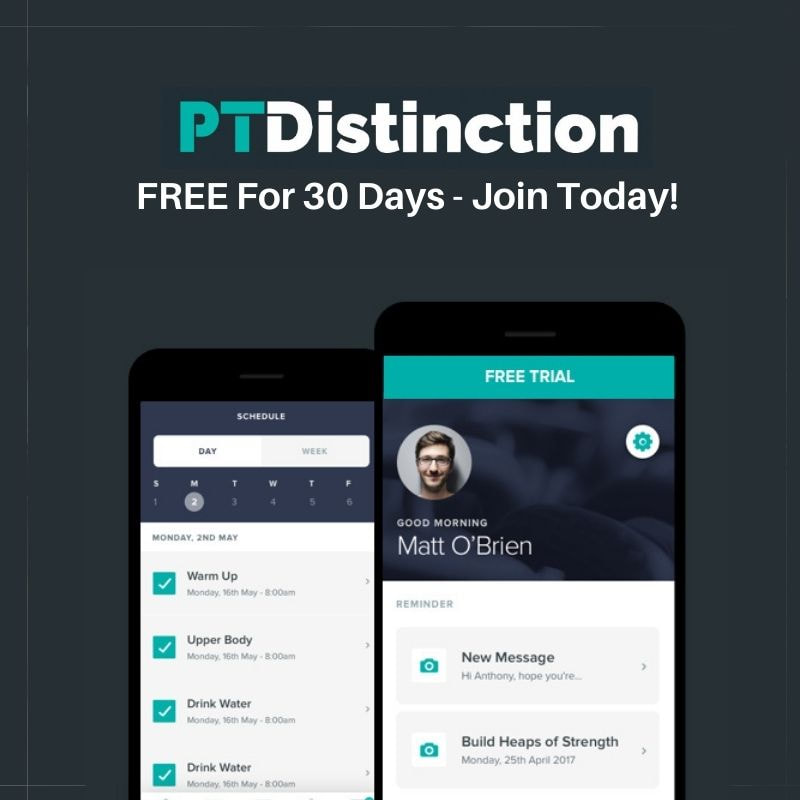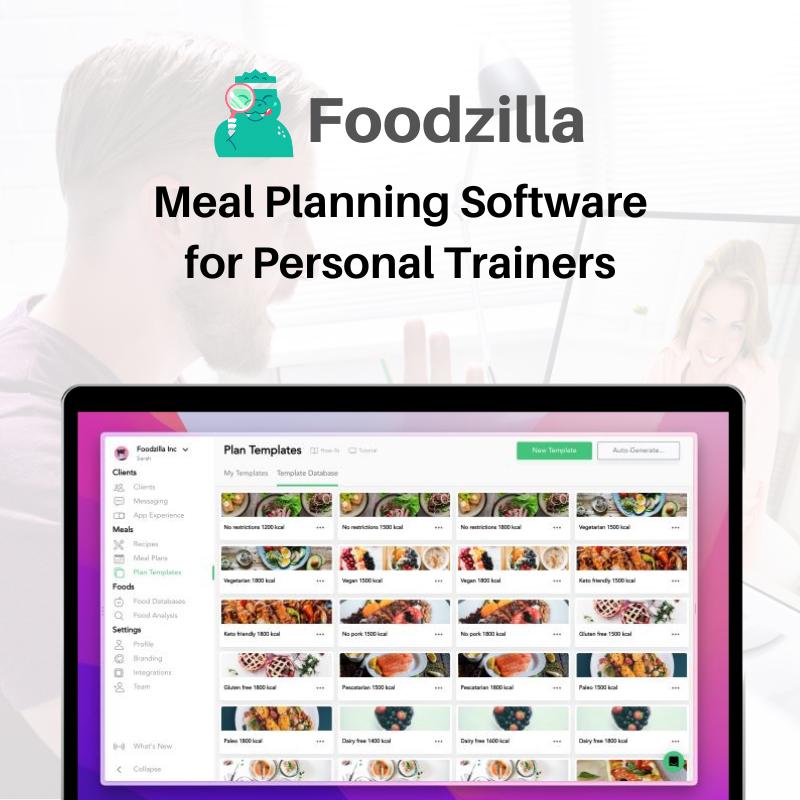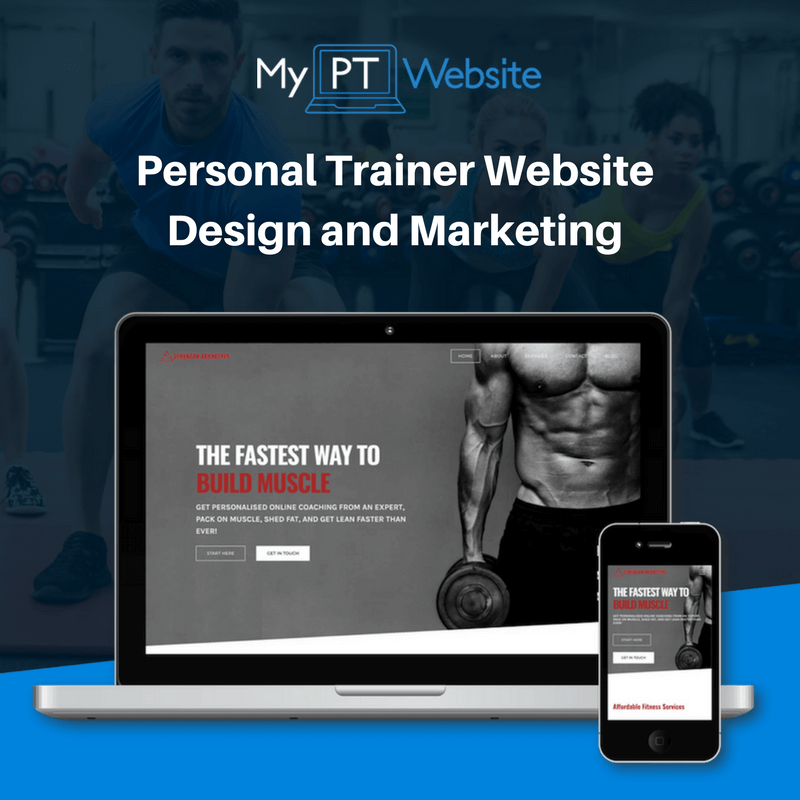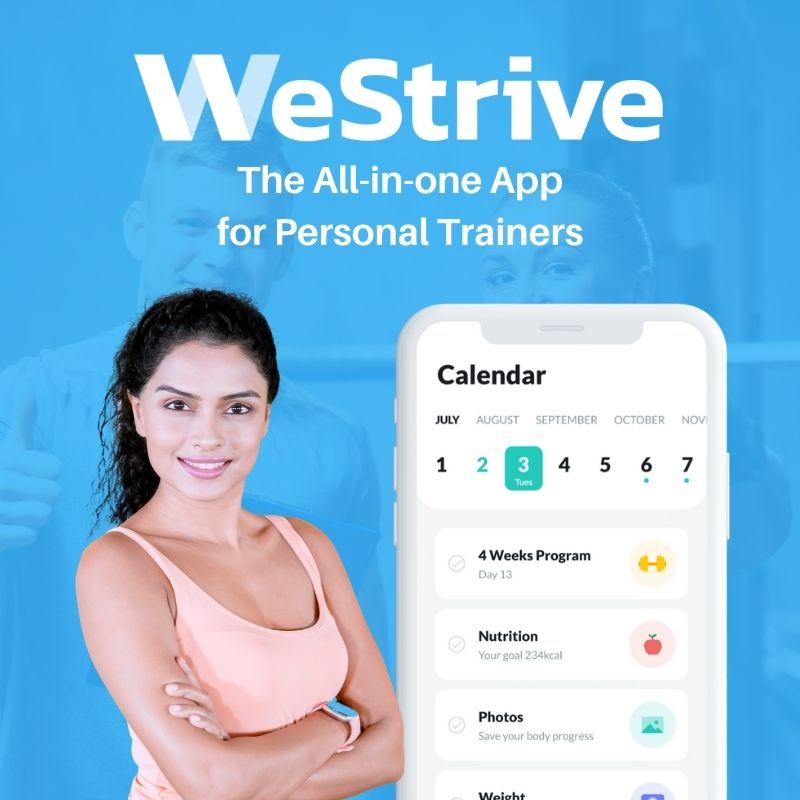|
FREE GUIDE: HOW TO LAUNCH AN ONLINE PERSONAL TRAINING BUSINESS
IN JUST 7 DAYS
✓ The new, better way of launching an online business
✓ The fastest way to create in irresistible offer ✓ A simple system to sell to clients who are interested |
|
Running a free challenge is a well-established way to promote your paid personal training services online. It’s one of the ways you can position yourself as an authority in your marketplace, and build a relationship with your audience. It can help to develop the “know, like, trust” needed for running a successful online business and even though not everyone that participates will join up for your paid services, it will definitely bring more people into your world that wouldn’t otherwise know who you are. Free challenges are one of the most effective ways to promote online training services. Step 1. Set Up Your Challenge When setting up your free challenge, there are a couple of things to consider. The first is the duration of your challenge. In practice, shorter is usually better. People start to disengage after a few days from things they’re getting for free, and if you currently have paying clients, you don’t want to spend all your time serving a group of members that are getting your attention and efforts for no financial investment. There’s no right or wrong answer with this, but anywhere from 3-14 days seems to work quite well. Next, take some time to give your challenge a name. The best names will make some reference to how long the challenge lasts and what the participants will achieve. For example; “The 10k Steps In 10 Days Challenge”, or “3 Days To Master Calorie Tracking Challenge”. Decide on some of the features and highlights of the challenge. These are all the ingredients your participants will need to actually achieve the results you’ve promised. Don’t be tempted to hold back your best stuff - the point of a free challenge is to impress people, so go all out in making the challenge genuinely useful for people. Finally, you’ll need to decide how you’re going to actually deliver the challenge. There are three main ways to do this: Using your normal coaching software. This is the software that you’d use to deliver coaching to your normal paying clients, such as PT Distinction. The benefits of this is that it feels progressional, the interface is impressive and if people want to sign up after the challenge is over, you’ll already have them set up inside your coaching software. Using your email service provider. This is the email platform that you use to send regular broadcast emails to your mailing list, such as MailChimp or Mailerlite. The benefits of this is that as well as helping to grow your email list, no special tech knowledge is required. As long as the participants know how to open their emails, they can participate. An even bigger benefit is that the free challenge can be saved and automated for use again and again. Using your social media group. This could be a Facebook group challenge. The benefit of this is that most people have Facebook, and use it daily. The group can also be used as an archive of useful resources, set up as a learning hub, and provides a valuable social element. There are also benefits to being able to stream live video into the group with some challenges. There’s no reason why your free challenge couldn’t include elements of all three of these platforms. You’re also likely to use both email and social media to promote the challenge before it launches. Step 2. Run The Challenge Keeping engagement high will be the primary concern. You could do this with daily posts and videos in your Facebook group, daily group messages on your coaching software and regular email contact with participants. Encourage people, make it fun, and you could even offer a prize for someone that’s performed the best. You could theme the challenge around some event, like a “back to school” challenge or “new year, new me” but you can also run them any time of the year. There’s no limit to the number of people you can include, and in many ways, the more participants the better. Bigger groups of people foster a sense of community engagement. The group members will support each other, and take some of the workload off you. And finally, the more people that are participating, the more people you can hope to convert into paying clients when the challenge is over. Step 3. Pitch Your Coaching Service After people have completed your short, free challenge they would have had the chance to get a look inside your online coaching package. They’ve build some trust in you, and they now have a better understanding of how online coaching works and how it might help them. But in less than a fortnight, you’ve probably not completely solved the problem they came to you with. You may have only given them a partial result, and potentially that’s highlighted the value in working with you longer term. This is where you suggest they join your paid programme. The reality is most coaches leave this far too late in the process. People may even have totally switched off from your free challenge before it’s finished - and that’s to be expected. It doesn’t mean that you’ve done anything wrong. A good rule of thumb is to start seeding the possibility of working together one to one at around the half way point of the free challenge. This could involve making reference to the results your paying clients are getting, or discussing the benefits of getting more personalised support. You will be inviting everyone on the challenge to work with you if you think they’re a good fit for your programme - but don’t assume they’ll reach out and ask for your help. Personally message each participant individually to ask how they’re getting on and if you can do anything to support them further. Remind them how tough it can be to get results alone, and that you have some availability on your programme to work together one to one. Conclusion Free challenges can be the lifeblood of many online training businesses. For many online trainers, this is their main source of lead generation, lead nurturing and generating social proof for their paid programme. Shorter challenges are better than longer ones simply because people are more likely to stay engaged for the duration of the programme. The free challenge you decide on should still deliver a great result for your participants, don’t be tempted with withhold your best information or tips. This is a powerful lead magnet into your paid programme, and your opportunity to “wow” people that haven’t worked with you before.
|
Our All In One Platform
Check out out all in one business & marketing platform for personal trainers!
WEBSITE BUILDER | FUNNELS |MEMBERSHIPS | SCHEDULING| EMAIL MARKETING| PAYMENTS| CRM | AI ASSISTANT | SURVEYS
Popular Articles
Trusted Partners
We work closely with some of the best service providers in the fitness industry.
Categories
All
|

